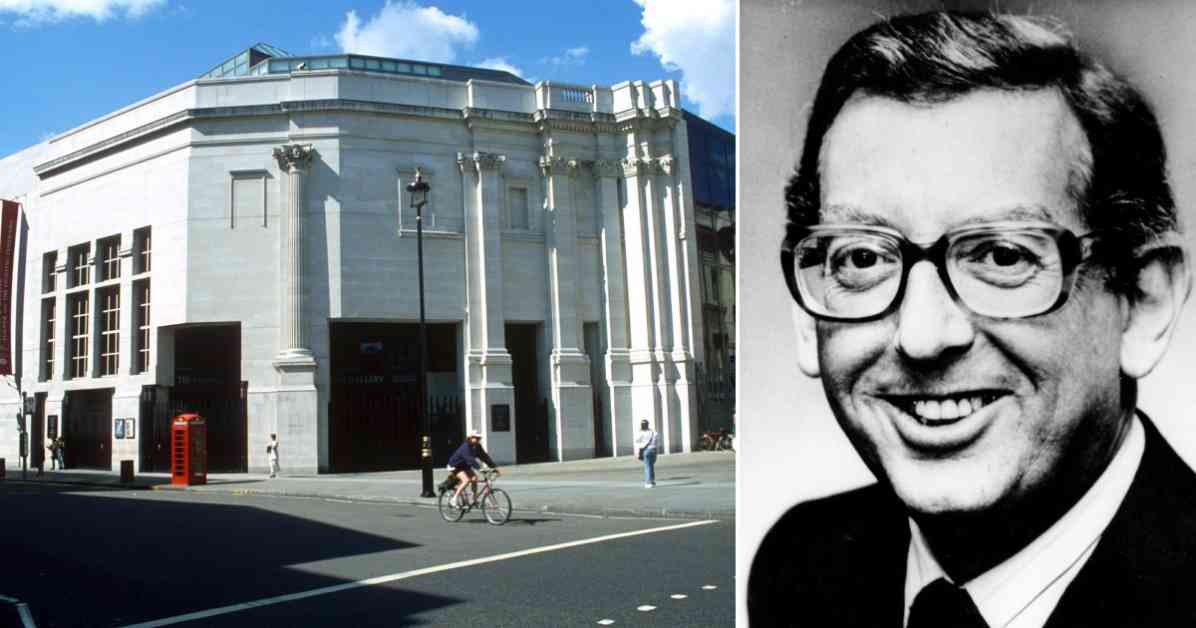The Sainsbury family has long been known for their philanthropic efforts, particularly in the world of art and culture. Their latest contribution, a £10 million donation for the refurbishment of a National Gallery wing they previously funded, highlights their ongoing commitment to supporting the arts.
However, one man’s personal feelings towards a building he sponsored have recently come to light, shedding new light on the complexities of philanthropy and architectural design. John Sainsbury, former chairman of the supermarket chain, and his brothers generously donated an estimated £40 million to the National Gallery, which funded the construction of the Sainsbury Wing. Despite their significant contribution, John harbored deep-seated dislike for the design of the building, so much so that he left a hidden note expressing his disdain for a specific architectural feature.
The discovery of this time capsule, hidden within a concrete column during the construction of the Sainsbury Wing, has sparked renewed interest in the story behind the gallery’s construction. Dated July 26, 1990, John’s letter addressed to demolition workers revealed his strong opinions on the design choices made by the architect. In the note, he expressed his belief that the false columns in the foyer were a mistake and that their removal would be a positive change for future generations.
John’s wife, Anya, a former ballerina, was present for the unveiling of the time capsule last year and expressed her happiness at the rediscovery of her late husband’s letter. She shared that she believed John would have been relieved and delighted by the gallery’s new plans and the additional space they would create.
Despite John’s personal objections to the design, the original architect’s vision has been defended by Neil MacGregor, the gallery’s former director. He explained that architect Robert Venturi intended for the foyer to have a specific feel, leading visitors on a journey through the space. While John argued for unencumbered sightlines, Venturi’s design aimed to create a coherent link between different areas of the gallery.
Now, more than 30 years since the Sainsbury Wing was first opened, the gallery is undergoing an £85 million redevelopment, with the Sainsbury family once again playing a significant role as the largest contributor. This new chapter in the gallery’s history marks a continuation of the Sainsbury family’s legacy of supporting the arts and preserving cultural heritage for future generations.
Subheadings:
John Sainsbury’s Dislike for the Sainsbury Wing
Rediscovery of the Time Capsule
Architectural Vision vs. Donor’s Preferences
The Sainsbury Family’s Ongoing Support
Conclusion:
In conclusion, the unveiling of John Sainsbury’s time capsule and the subsequent rediscovery of his hidden letter have added a new layer of complexity to the story of the Sainsbury Wing at the National Gallery. This tale of philanthropy, personal preference, and architectural vision serves as a reminder of the nuances involved in funding and constructing cultural institutions. As the gallery embarks on a new phase of redevelopment, guided by both the original design and the donor’s wishes, it will be interesting to see how the legacy of the Sainsbury family continues to shape the cultural landscape of the UK.












